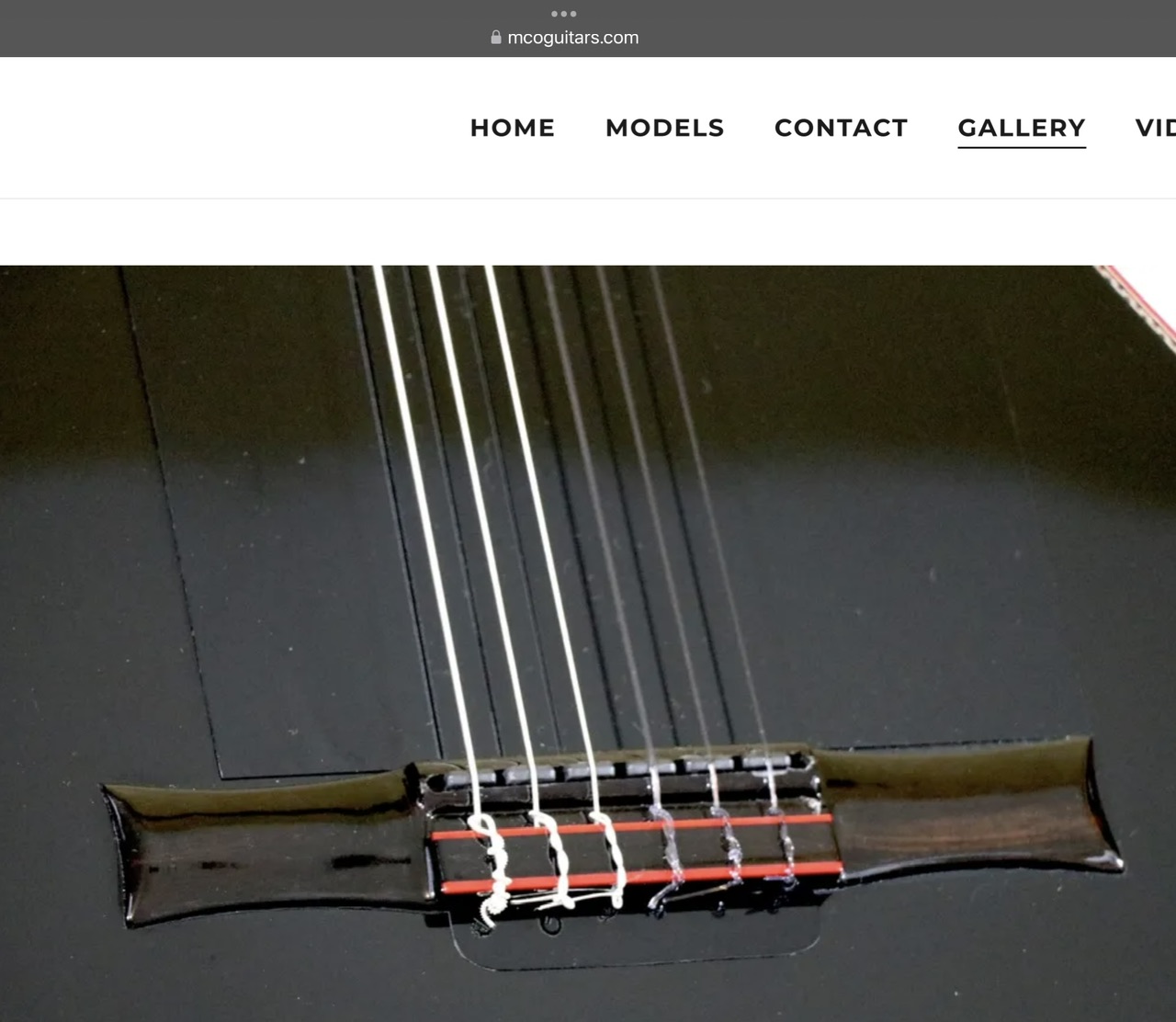|
rombsix -> RE: Plek Guitar Setup System (May 10 2024 13:23:00)
|
quote:
I will go out on a limb and assume you know that raising the bridge saddle (you can use strips of wood or cardboard if you dont’ want to make a new saddle) fixes this problem if it is general. So what I had done to one guitar that was affected by humidity (specific spots buzzed because swollen fingerboard pushed the frets up), was a simple and relatively cheap repair job by a luthier called a “fret leveling” where they use a short rocker between each fret rather than that long straight edge. I recommend this to any drastic measures first.
Indeed, tried raising the saddle (which helped a little bit), but in my case (as usual), it's more complicated. The guitar has electronics, and it's been impossible to get them to work (i.e. maintain a healthy output and maintain string-to-string volume balance) except with the saddle that came with the guitar (which is very low). So after multiple, multiple attempts at making perfectly flat saddles (that are higher) of several different materials, we still couldn't get the electronics to work (the electronics are the reason I want this guitar). Maybe we'll try giving that effort another go in the future (raising the saddle while miraculously being able to get the electronics to work), but as of right now, I gave up on that (saddle slot perfectly flat, etc. etc. - to no avail).
So for now, the low saddle has to stay, and we need to work with the frets. We did the fret level like you suggested, and that did help, but not significantly so. I think the idea is now that the fingerboard itself is lumpy/bumpy (not perfectly flat), so the next step is going to be: remove all frets, plane the fingerboard perfectly flat, then refret. Let's see if that fixes it... if not, then next step will be considering the use of a Plek machine.
|
|
|
|

